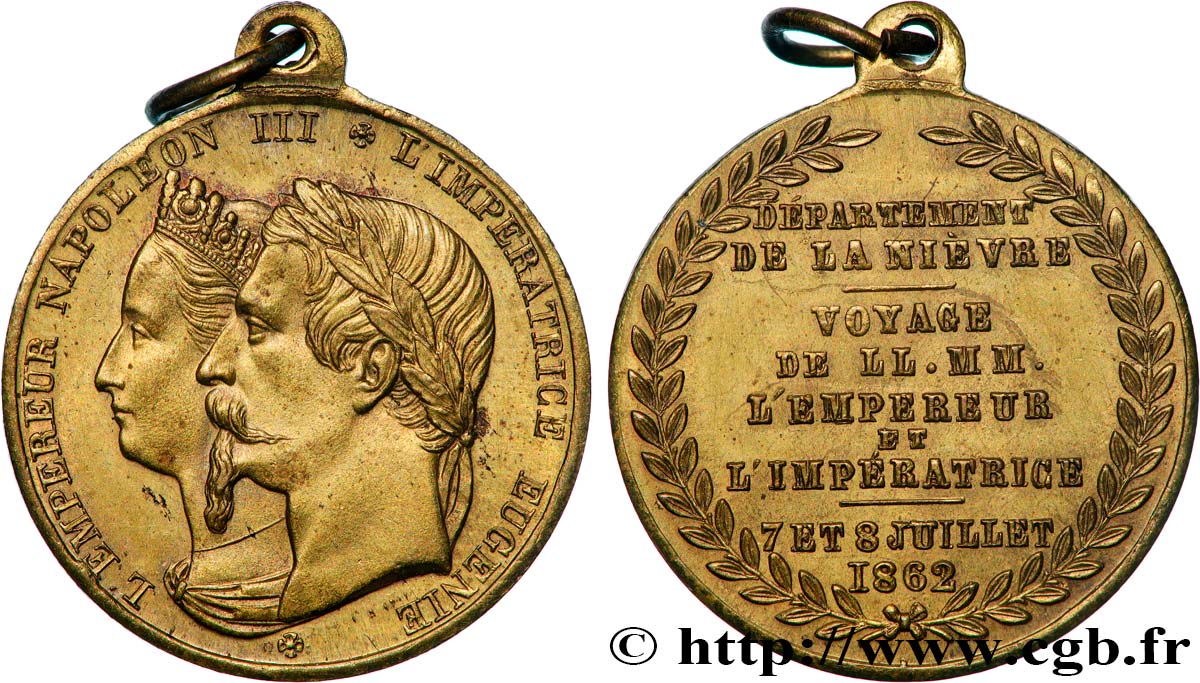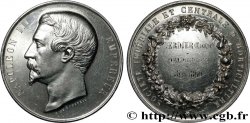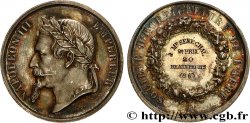fme_920197 - SECOND EMPIRE Médaillette, Voyage de l’empereur et l’impératrice, département de la Nièvre
28.00 €(Approx. 30.24$ | 24.08£)
Quantity
Add to your cart

Type : Médaillette, Voyage de l’empereur et l’impératrice, département de la Nièvre
Date: 1862
Metal : brass
Diameter : 27,5 mm
Orientation dies : 12 h.
Weight : 4,26 g.
Edge : lisse
Puncheon : sans poinçon
Coments on the condition:
Restes de brillant autour des reliefs. Légère usure
Obverse
Obverse legend : L’EMPEREUR NAPOLÉON III (FLEUR) L’IMPÉRATRICE EUGÉNIE (FLEUR).
Obverse description : Têtes couronnées accolées de Napoléon III et Eugénie.
Reverse
Reverse legend : DÉPARTEMENT / DE LA NIEVRE / - / VOYAGE / DE LL. MM. / L’EMPEREUR / ET / L’IMPERATRICE / - / 7 ET 8 JUILLET / 1862.
Reverse description : Légende en 9 lignes dans une couronne de lauriers.
Commentary
Diamètre sans bélière : 23,5 mm.








 Report a mistake
Report a mistake Print the page
Print the page Share my selection
Share my selection Ask a question
Ask a question Consign / sell
Consign / sell
 Full data
Full data

